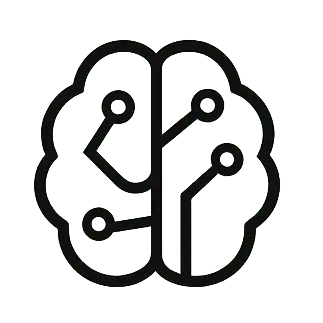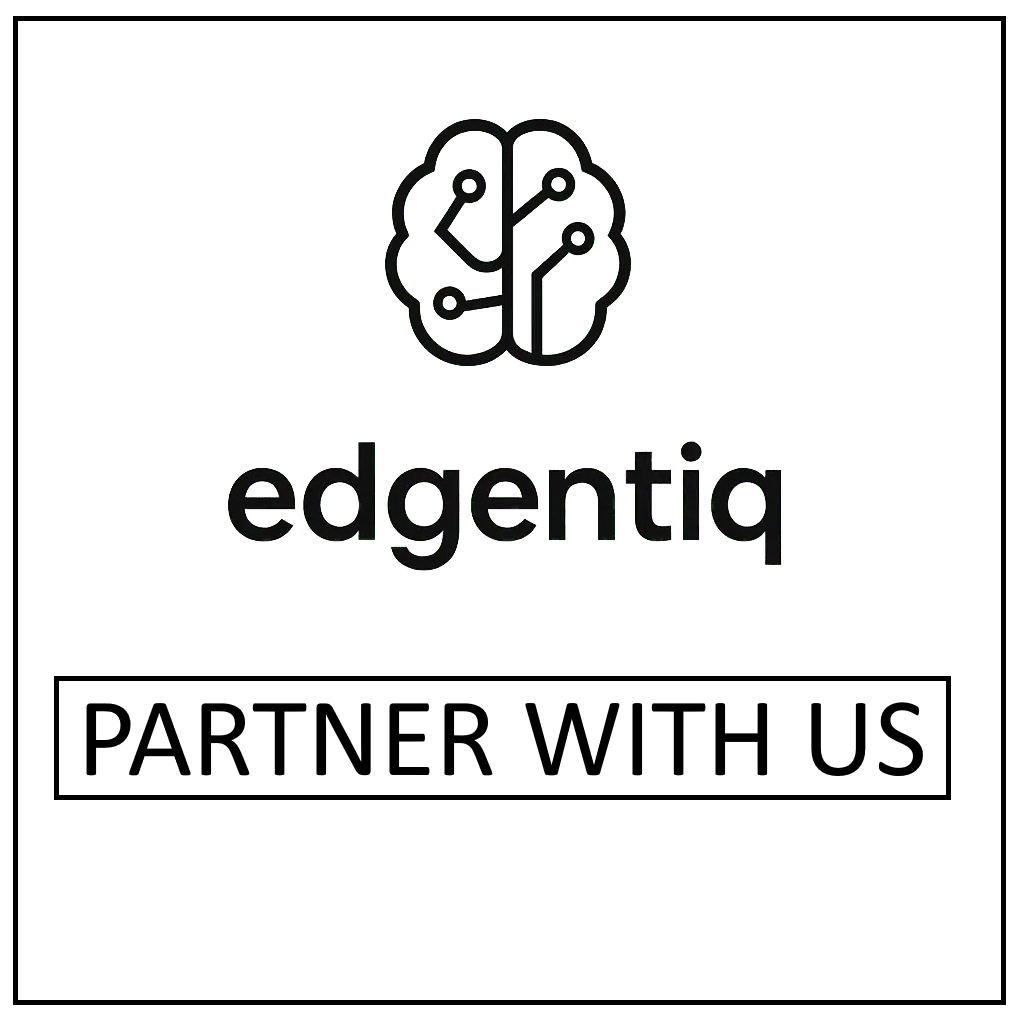TLDR: QUTCC (Quantile Uncertainty Training and Conformal Calibration) is a novel deep learning method designed to improve uncertainty quantification in imaging inverse problems like MRI and image denoising. It uses a U-Net with a quantile embedding and a unique calibration process to provide tighter, more accurate uncertainty intervals and pinpoint model ‘hallucinations’ more precisely than previous methods, all while maintaining strong statistical guarantees. QUTCC can also estimate pixel-wise probability density functions, offering a richer understanding of prediction uncertainty.
Deep learning models have revolutionized many fields, including medical and scientific imaging. These models are incredibly powerful at tasks like denoising MRI scans or reconstructing images from incomplete data. However, a significant challenge with deep learning is their tendency to sometimes ‘hallucinate’ – creating realistic-looking details that aren’t actually present in the original sample. In critical applications like medical diagnostics, such inaccuracies can have severe consequences, making it crucial to understand when and where a model’s predictions might be uncertain.
Traditional deep learning models often struggle to represent this uncertainty effectively. While some methods exist to quantify uncertainty, they can be computationally demanding, rely on strong assumptions about the data, or lack formal statistical guarantees. This has led to increased interest in ‘conformal prediction,’ a statistical technique that provides reliable prediction intervals with guaranteed statistical coverage, meaning the true value will fall within the predicted range a specified percentage of the time.
Introducing QUTCC: A New Approach to Uncertainty
A recent research paper introduces a novel method called QUTCC, which stands for Quantile Uncertainty Training and Conformal Calibration. This technique aims to overcome the limitations of existing uncertainty quantification methods in imaging inverse problems. Unlike prior approaches that use a simple, linear scaling factor to adjust uncertainty bounds, QUTCC employs a more sophisticated, non-linear and non-uniform scaling. This allows for much tighter and more informative uncertainty estimates.
At its core, QUTCC uses a U-Net architecture, a type of neural network commonly used for image-to-image tasks, enhanced with a ‘quantile embedding.’ This embedding allows the network to predict the full range of possible outcomes (the conditional distribution of quantiles) for each pixel in an image. During its training phase, QUTCC uses a specialized ‘pinball loss’ function that helps the model learn these different quantile levels. This means the model doesn’t just predict a single best guess, but rather a spectrum of possibilities, from lower to upper bounds.
How QUTCC Refines Uncertainty
The innovation continues in the calibration step. After initial training, QUTCC refines its uncertainty bounds using a separate dataset. It iteratively adjusts the upper and lower quantile predictions until they meet a desired level of statistical coverage. This dynamic adjustment, which can be non-uniform across the image, is key to achieving tighter intervals compared to methods that apply a constant scaling factor. This process ensures that the uncertainty intervals are statistically guaranteed to contain the true pixel values with a user-specified confidence level.
One of QUTCC’s significant advantages is its ability to pinpoint ‘hallucinations’ – those realistic but false artifacts – in image estimates. By providing a pixel-wise uncertainty map, QUTCC can highlight exactly where the model is less confident, allowing users to identify potentially erroneous regions. Furthermore, because it learns the full conditional distribution, QUTCC can even approximate the probability density function (PDF) for each pixel, offering a richer understanding of the uncertainty without relying on strong assumptions about the data’s distribution.
Also Read:
- RARE-UNet: A Smart Approach to Medical Image Segmentation Across Different Resolutions
- Smart Labeling: How ConformalSAM Improves Segmentation with Foundational Models
Performance and Applications
The researchers evaluated QUTCC on several imaging inverse problems, including accelerated MRI reconstruction and denoising tasks involving Gaussian, Poisson, and real noise. When compared to Im2Im-Deep, a leading conformal prediction approach, QUTCC consistently produced narrower uncertainty intervals while maintaining the same statistical coverage. This indicates that QUTCC’s uncertainty estimates are more precise and well-calibrated.
The method’s ability to model diverse pixel-wise distributions was also demonstrated, showing how it can capture skewed or Gaussian-like distributions depending on the pixel’s characteristics and noise levels. This flexibility is particularly valuable in scientific and medical imaging, where data distributions can be complex and varied.
While QUTCC represents a significant step forward in uncertainty quantification for imaging, the authors acknowledge some limitations, such as the need for paired data for training and calibration, and not yet accounting for motion or 3D effects in real samples. However, QUTCC offers a robust and promising method for making deep learning models more trustworthy in critical imaging applications. You can find more details about this research at the research paper link.


